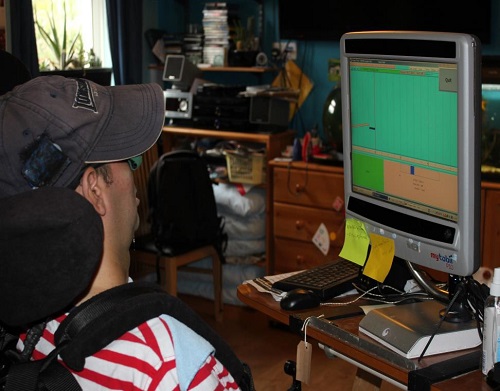In from the margins - enabling people with disabilities to learn and create music
DOI:
https://doi.org/10.7577/if.v4i2.1552Abstract
People with the most severe physical disabilities, for example who are only able to move their eyes, are at most risk of being left in the margins of society. They can communicate via 'eyegaze' text systems, but the challenge is to design an analogous music system to enable them to learn about, explore, and create music, so as to communicate and connect with others in a more universal way. The combination of eyegaze and music is a new area, so the design methodology relies on incorporating eyegaze features into an existing music system designed for switch-control. The design of this user-centred system has evolved over 20 years, with the continual involvement of disabled users and teachers. The resulting prototype eyegaze music system is designed to facilitate exploration and creative work without continual help to operate it, and was successfully tested by eyegaze users. This is the genesis of an instrument to enable anyone - even with the most severe disability - to participate and share in creative activities, and connect them more with society

Downloads
Published
How to Cite
Issue
Section
License
Authors who publish with this journal agree to the following terms:
- Authors retain copyright and grant the journal right of first publication with the work simultaneously licensed under a Creative Commons Attribution License that allows others to share the work with an acknowledgement of the work's authorship and initial publication in this journal.
- Authors are able to enter into separate, additional contractual arrangements for the non-exclusive distribution of the journal's published version of the work (e.g., post it to an institutional repository or publish it in a book), with an acknowledgement of its initial publication in this journal.
- Authors are permitted and encouraged to post their work online (e.g., in institutional repositories or on their website) prior to and during the submission process, as it can lead to productive exchanges, as well as earlier and greater citation of published work (See The Effect of Open Access).